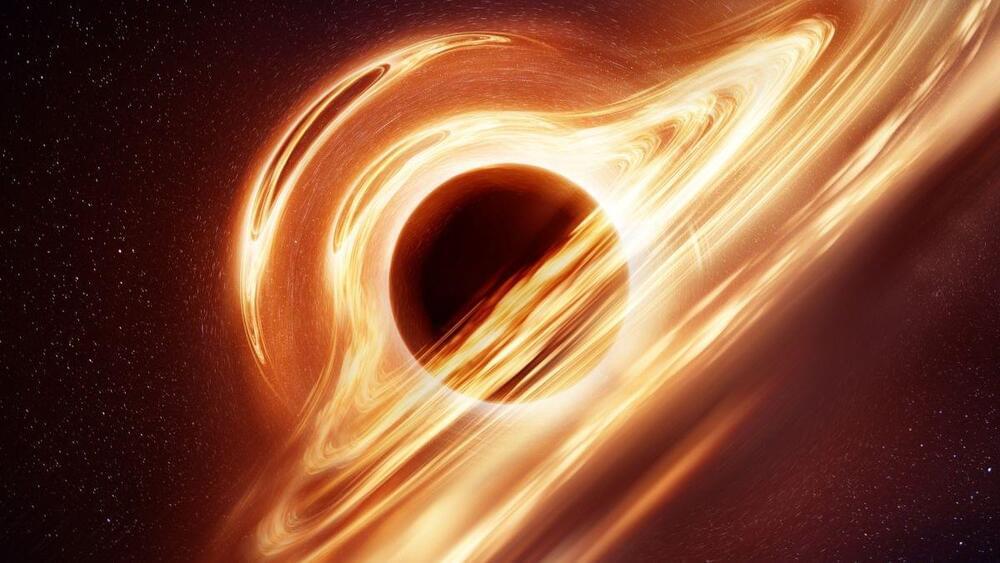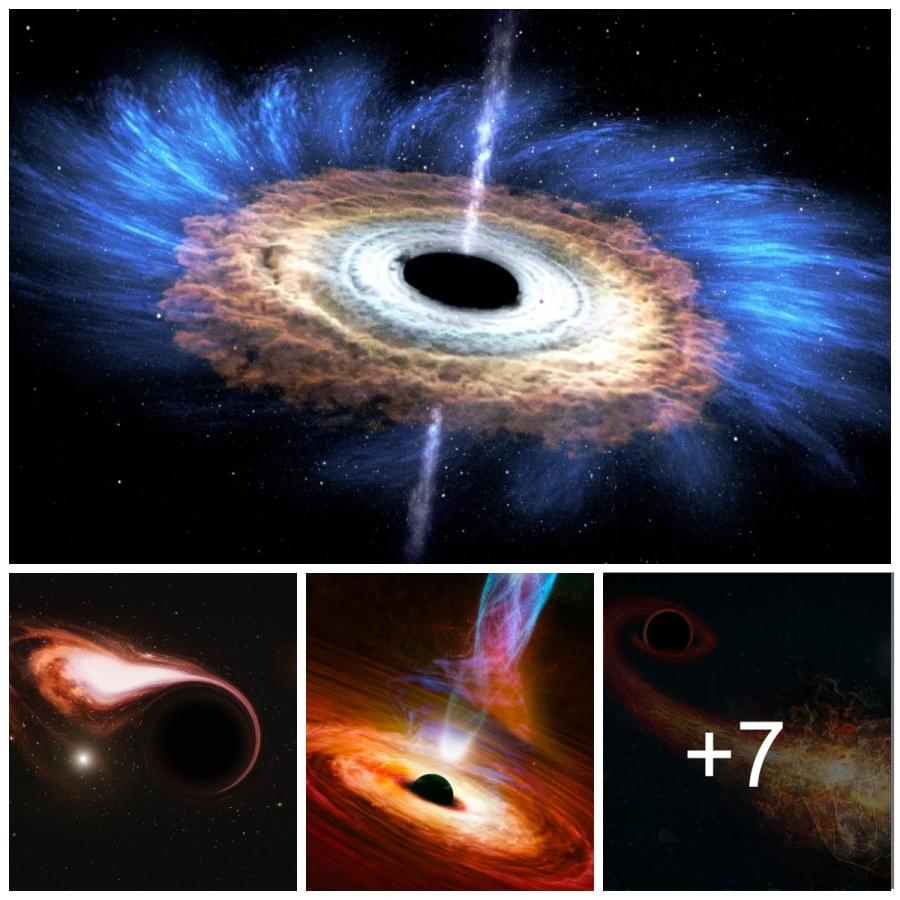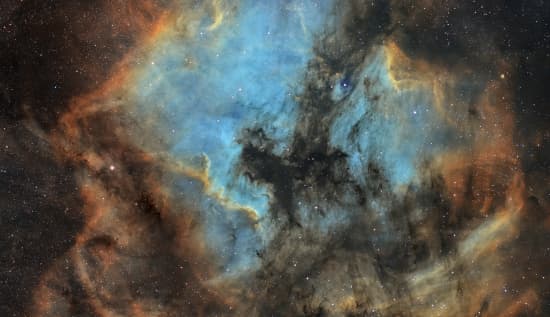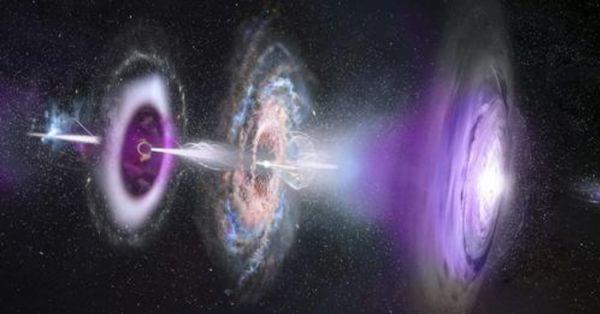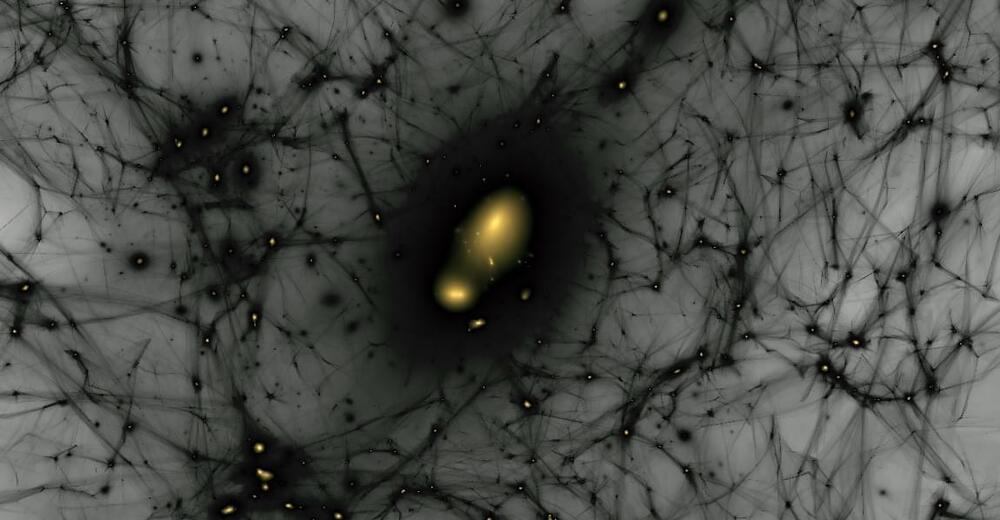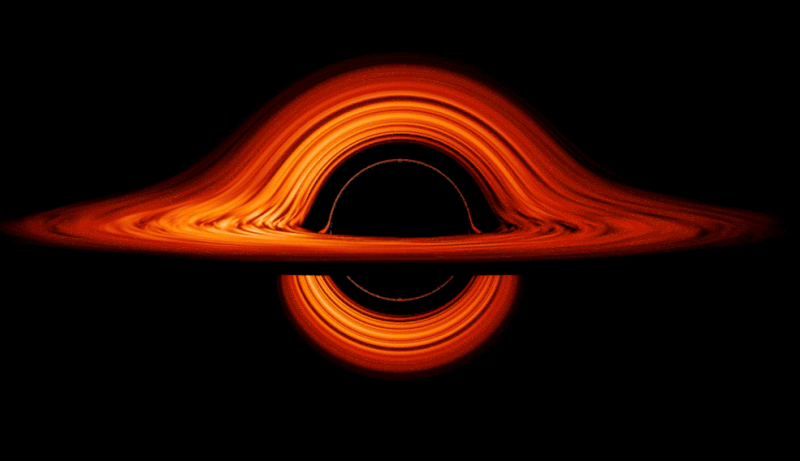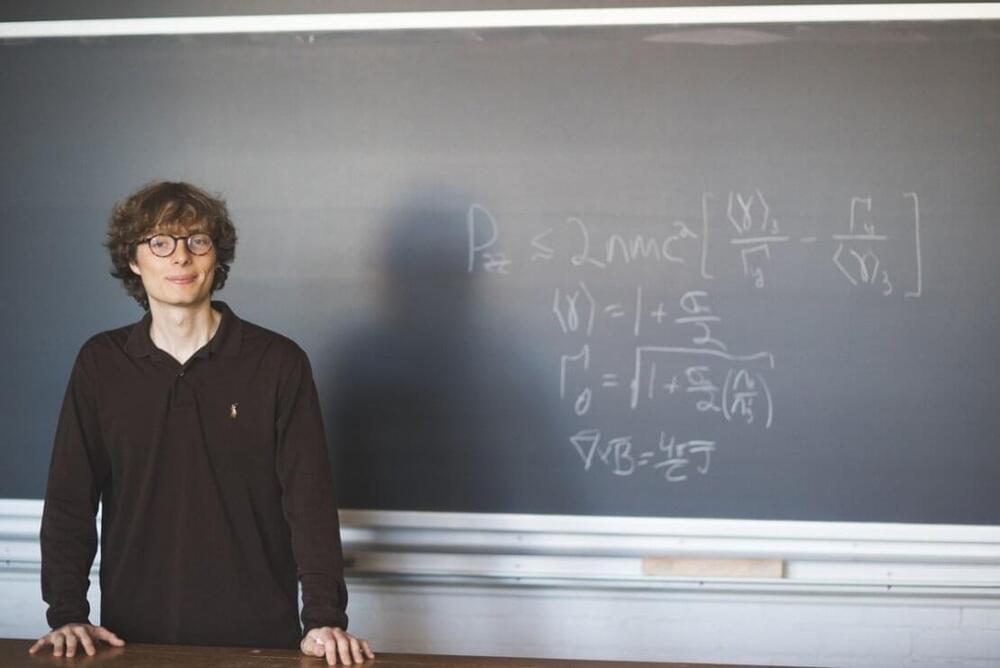Despite numerous searches, we have yet to detect dark matter particles.
Category: cosmology – Page 190
In this video, I explain why the anthropic principle is a good, scientific principle. First I explain the difference between the strong and the weak anthropic principle. Then I name some examples of the use of the weak anthropic principle and explain its relation to the multiverse. Finally I explain that the weak anthropic principle is merely a constraint on the laws of nature.
Support me on Patreon: https://www.patreon.com/Sabine
Black holes form natural time machines that allow travel to both the past and the future. But don’t expect to be heading back to visit the dinosaurs any time soon.
At present, we don’t have spacecraft that could get us anywhere near a black hole. But, even leaving that small detail aside, attempting to travel into the past using a black hole might be the last thing you ever do.
Black holes are areas of space-time where gravity rules supreme: A black hole’s gravitational pull is so strong that nothing, not even light, can escape. They range in size from stellar-mass black holes, whose masses can range from five to 100 times that of the Sun, to supermassive black holes, whose masses can exceed a billion solar masses. Astronomers now believe that supermassive black holes exist at the center of most galaxies. (A notable exception to this rule is M33, which appears to lack a central supermassive black hole despite being the third largest member of our Local Group.)
In November 2018, three physicists from the Perimeter Institute for Theoretical Physics in Waterloo, Canada, offered an unusual idea: from the Big Bang not only the Universe we know but also ‘its mirror image’ created.
Twin spiral galaxies and stars in space. NASA provided picture elements. A universe that extends backward in time. From our perspective, the Universe “after the Big Bang” moves… backwards.
The physicists Latham Boyle, Keran Finn, and Neil Turok suggested in a Physical Review Letters article that the Universe we live in is merely a fragment of the true Universe and that if so, dark matter and inflation would no longer make sense.
WHETHER YOU’RE AN EXPERT ASTROPHOTOGRAPHER OR JUST STARTING OUT, TELESCOPE LIVE IS THE MOST AFFORDABLE WAY TO OBSERVE THE NIGHT SKY – AT ANY GIVEN TIME. KEEP READING TO FIND OUT ABOUT THE MOST COMPLETE ASTROPHOTOGRAPHY OFFERING ON THE MARKET!
Black Holes are fascinating yet mysterious cosmic objects scattered across the Universe. Unfortunately, we don’t know much about them, and we barely managed to snap a photo of one located in another galaxy.
But, what exactly are black holes?
Per definition, a black hole is an astronomical object with such a strong gravitational pull that nothing, not even light, can escape from it. The “surface” of a black hole, called the event horizon, defines the limit where the speed required to evade it exceeds the speed of light, which is the speed limit in the cosmos. As a result, matter and radiation are trapped and cannot get out.
Though a single measurement is not enough to definitively decide the debate, this is a major win for dark matter proponents.
Sam Baron, Australian Catholic University.
Black holes form natural time machines that allow travel to both the past and the future. But don’t expect to be heading back to visit the dinosaurs any time soon. At present, we don’t have spacecraft that could get us anywhere near a black hole. But, even leaving that small detail aside, attempting to travel into the past using a black hole might be the last thing you ever do.
Neutron stars and black holes may be stellar corpses, but they are among the most active celestial objects. They produce some of the highest-energy radiation ever observed, and scientists have long puzzled over the physics that underlies the process powering their energetic emissions.
Now, in a recent paper published in Physical Review Letters, a Dartmouth physics major and an assistant professor have proposed a new theory that explains how magnetic energy can be very quickly released with explosive energy into charged particles in these extreme environments.
Similar magnetic explosions also occur closer to home, setting off solar flares and the Northern Lights. They can be observed wherever charged gases, called plasma, are found—even in a lab, says Matthew Goodbred ‘23, the paper’s lead author.


